Have you ever told a child to “make good choices” to improve their behavior? How did that work out for you? Most teachers struggle with challenging behaviors such as this on a daily basis.
Making good choices is a lot like learning how to tie shoes for young children; it’s a skill that develops gradually over time as they mature. Young children in preschool and kindergarten need lots of modeling and support when it comes to learning how to make good choices. They don’t intend to make bad choices; they just need more practice and support making good ones.
These are some tips that will help you support your students as they learn how to make good choices.
Welcome to the challenging behaviors book study. For those of you just joining us, the details about the book study can be found here.
It’s never too late to join the book study! Because it’s a virtual discussion the posts will always be available to you. Karen at Prekinders has put together a book study guide that lists all of our book studies and includes links to each discussion.
The book Teaching with Love and Logic by Jim Fay and David Funk was used as a resource for this post. I encourage you to read this book if you would like to learn more about how to empower children and help them learn how to make good choices.
What is Love and Logic?
Love and Logic is a very simple philosophy, it’s all about developing stronger relationships with children. In the book Teaching with Love and Logic, the authors show us how creating stronger relationships with students can lead to more cooperation and a more rewarding teaching and learning experience for everybody.
Basically, Love and Logic shows you how to avoid power struggles and offer choices to children. Instead of controlling children’s behavior and making all their choices for them, Love and Logic empowers children to make their own choices. When children feel empowered they learn more, bottom line. They learn more because less time is spent trying to control their behavior.
I’m going to be perfectly honest with you here- those cute little behavior charts hanging on the classroom wall that use cards, tickets, or clothespins to broadcast to the world who is and isn’t making good choices are tools that control children’s behavior. They don’t change children’s behavior, they just track the behavior. The kids who are “good” are always on “green” and the kids who aren’t are always on “red” and nothing ever changes. Valuable learning time is wasted remembering to move clips and fill out charts. If you’re looking for a way to work smarter instead of harder Love and Logic allows you that freedom.
Do you know what other population gets controlled in that way? Prisoners. Inmates in prisons are told when to eat, sleep, and shower. Inmates don’t get to make choices; all of their choices are made for them. Many inmates are in prison because they had difficulty making good choices. Do you see a pattern here? As teachers, we are not prison guards controlling inmates, our job is to guide and facilitate learning – and that includes behavior.
How to Offer Kids Choices
Now that you know what Love and Logic is all about here are some ways you can use it in your classroom to help your students make good choices.
Making a demand: Share the cars!
Offering a choice: Would you rather have the blue car or the red car?
“When we offer kids a choice instead of making demands, no power struggle begins. When we make a demand we own the wise choice, leaving the child with only one way to win the power struggle- by making a foolish choice. When presented with wise choices the child will be successful and feel empowered.”
You can empower children by offering them choices throughout the day, not just when behavior issues arise. For example:
- Would you rather sing Old MacDonald or Twinkle, Twinkle Little Star?
- Would you rather read No, David! or Mrs. Wishy Washy?
- Would you rather use crayons or colored pencils?
By offering small choices you are making deposits in a “savings account” from which you can later make withdrawals. Simply put, offer small choices throughout the day and when it comes time to offer a bigger choices involving behavior you will have already established a predictable routine that sets kids up for success.
Enforceable Statements for Better Behavior
Enforceable statements are invitations instead of demands. When you demand that a child does something they may refuse because they feel controlled, but when you invite them to do something they are much more likely to do it. Here are some examples:
Demand: Stop playing in the bathroom!
Enforceable statement: I’ll be taking everybody who is ready to the playground in a moment.
Demand: We’re not going to lunch until it’s quiet!
Enforceable statement: We’ll go to lunch when its quiet. That’s ok, I can wait.
What to Do if Kids Don’t Make Good Choices
- Avoid making demands (Stop talking!)
- Avoid making threats (If you don’t stop talking you’re going to time out!)
- Avoid power struggles (arguing “Yes you did!” “No I didn’t!”)
- Offer choices (ones you can live with)
- Use logical consequences
I love this quote from page 20,
“You can’t make people angry and sell them something at the same time.”
Think of your students as customers and you’re trying to sell them something- learning! They’re not going to buy it if they’re angry with you, are they?
Teaching with Love and Logic has so much more to offer, these tips are just a brief glimpse into a philosophy that I have embraced with great success for many years. I invite you to explore it with an open mind and adopt these techniques into your classroom.
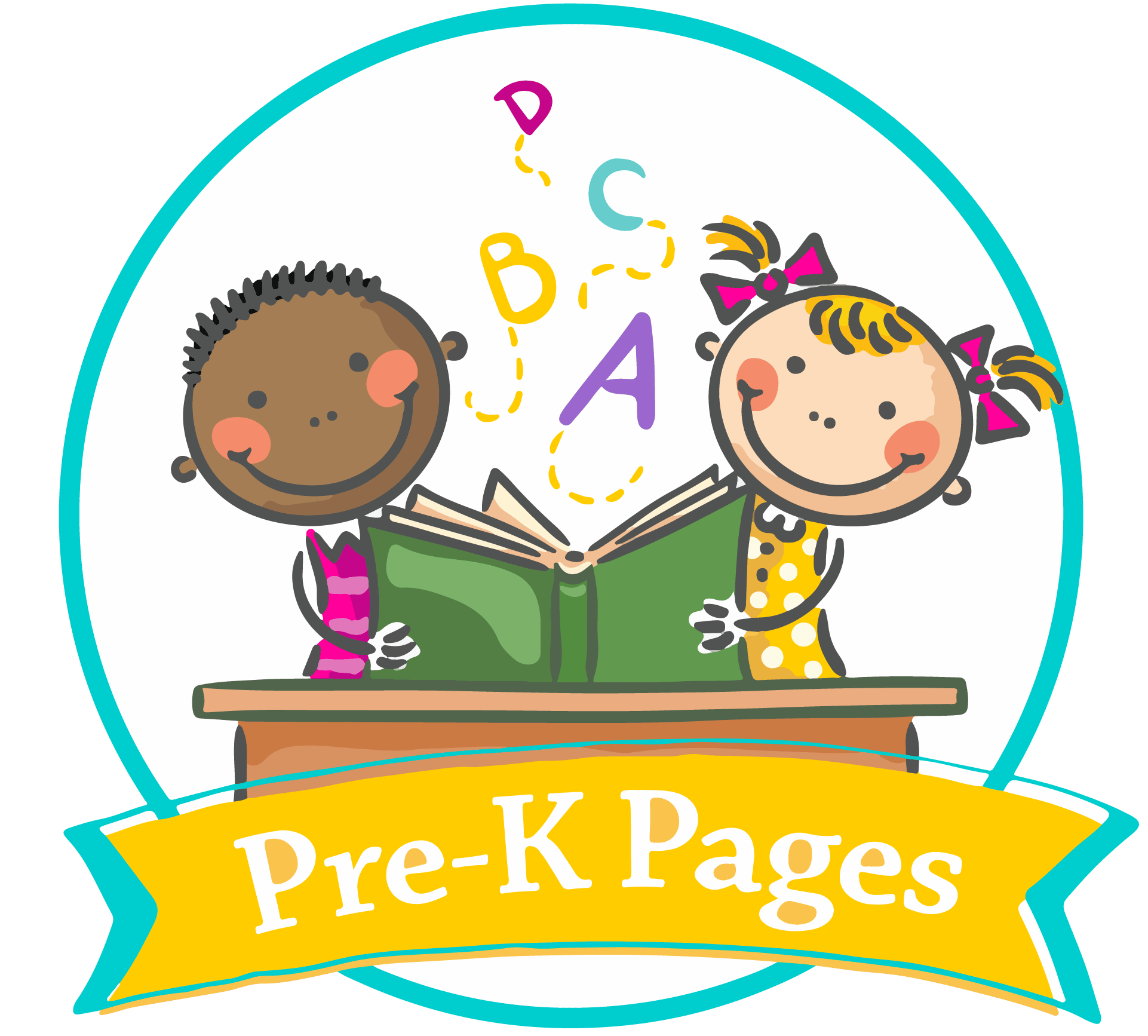
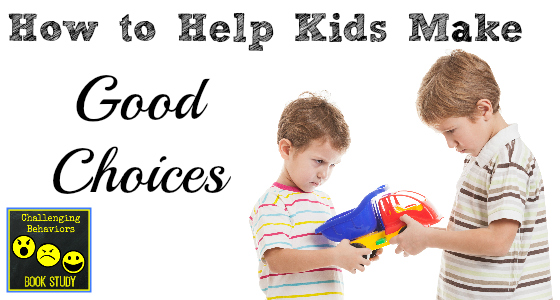
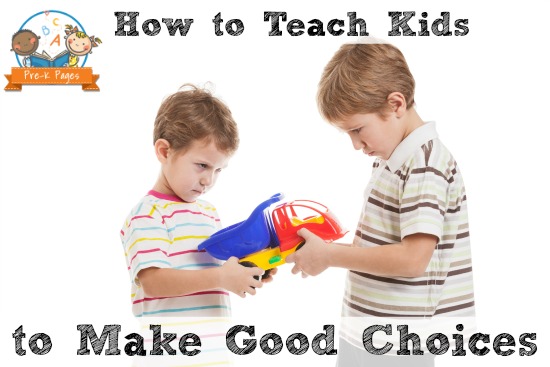
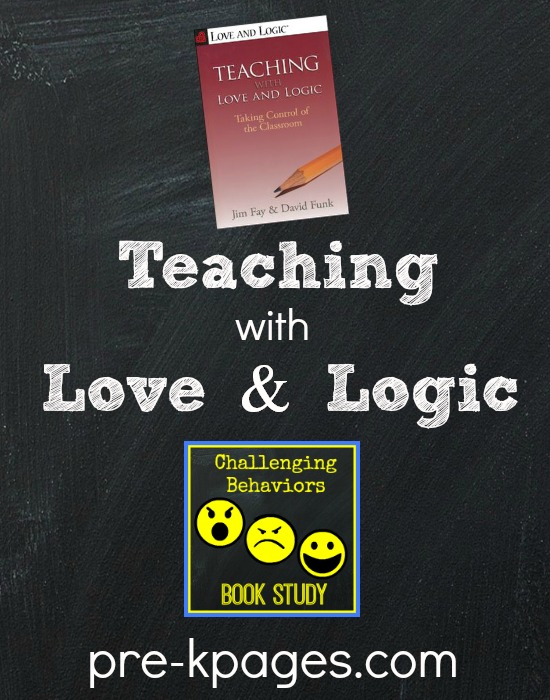

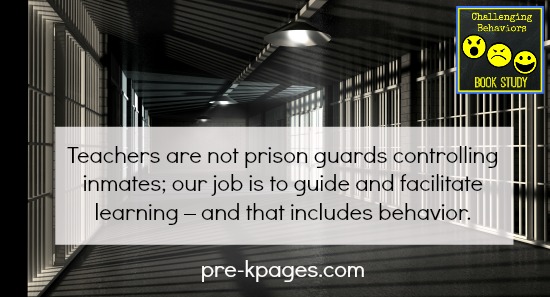
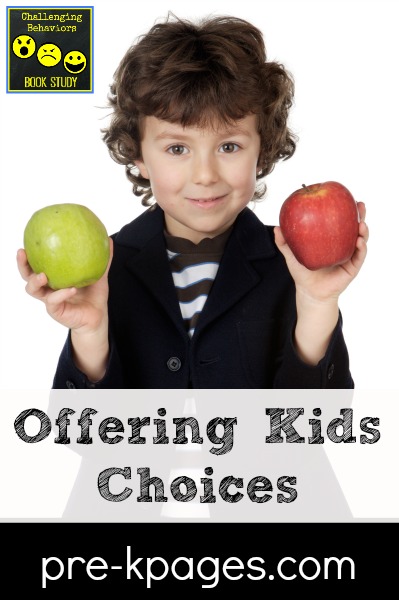
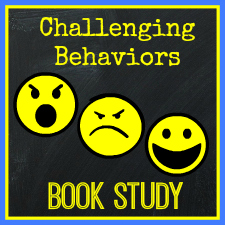
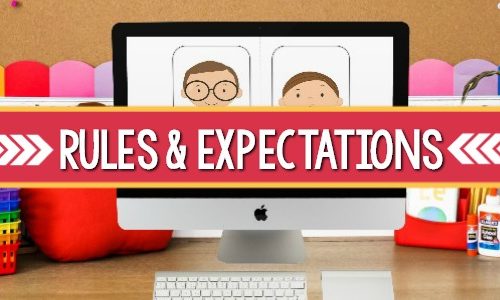
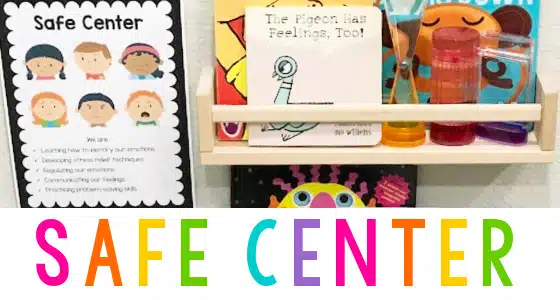
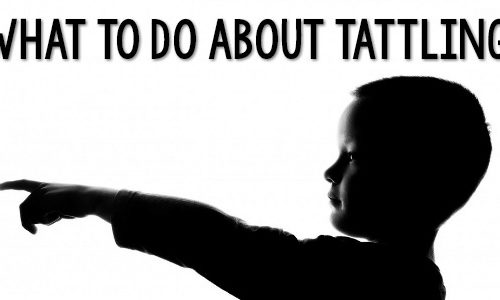


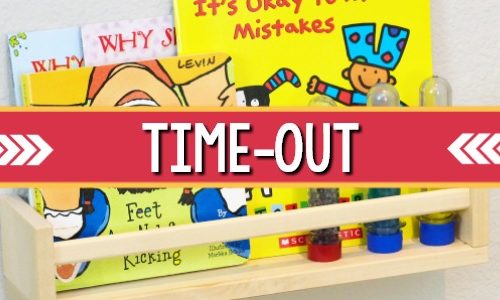
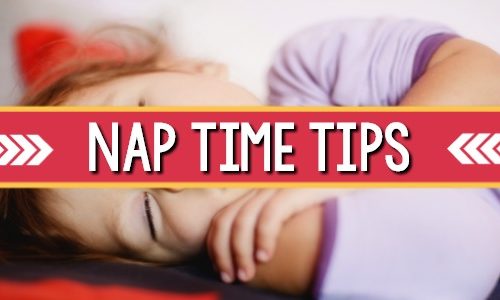
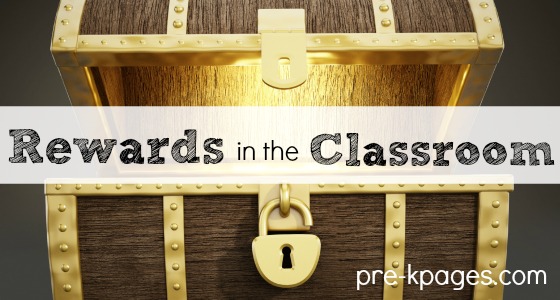
I understand the concepts here, but I have a question. Is there ever a time when you shouldn’t offer children choices? Obviously if it is an emergency situation, you can’t offer choices. But what about other instances?
Yes, there are times when there can be no choices as in an emergency. It is then that we make withdrawals from the savings account deposits that have been made when students can make choices. My entire building uses management based upon Love and Logic. Our students are learning to become problem solvers to figure out solutions to their struggles. Love and logic gives the ownership of the incident to the student/child. We can guide them and ask if they’d like to hear how others solved a similar problem. If yes, then present several choices some of which are outrageous and asking the child how each solution might work for him/her. It takes practice and time, but the children are learning to take responsibility for their actions.
Spot on advice. In my opinion making good choices is a life-long skill. Even adults often need to evaluate their choice-making skills. About those behavior charts–with you I totally agree! I especially dislike them as I have found that parents grill their children daily about who was moved to yellow or red. It is not long before the “red” children are being excluded from parties, play dates, etc.
Thanks Vanessa,
Giving them a choice to join the routine or stay behind is one of life’s consequences. If you’re late for the movie…you may miss an important part. Love the book’s perspective of empowering the child to create a good choice independently.
Michele
Thanks for joining us Michele! Absolutely, logical consequences will help develop lifelong skills- so important. I never did behavior charts in my classroom and was never able to justify my answer until I discovered Love and Logic. Until then I just said “I don’t need one” when people asked me why I didn’t use behavior charts.
‘…those cute little behavior charts hanging on the classroom wall that use cards, tickets, or clothespins to broadcast to the world who is and isn’t making good choices are tools that control children’s behavior. They don’t change children’s behavior, they just track the behavior.’
*Quietly stands clapping.*
Awww! Thanks Matt! Great minds think alike 🙂
I also dislike the charts because I feel they lead to and encourage public shaming of children and we all know that is one of the forms of bullying that occurs in our schools.
When I first started teaching, I was required to use one of these charts. I struggled with it all year. It didn’t work for us because the same children were always having to move the clip. I felt so bad for these kiddos because I wanted them to have a day “on green” that I would let little things slide. It let to inconsistency in my teaching/managing behaviors, and unhappy kiddos and teachers. I stopped using the charts as soon as was able, and the difference it has made is huge! And it surprises me that there are still a lot of teachers who hold out and endorse these! That chart in and of itself is a power struggle!
I never used those behavior charts but now it is REQUIRED by my district. Basically they want the students exposed to the chart in preschool because if they stay in our district they already understand the concept. Don’t like them. So I have made some modifications. I took the PBS expectation chart and simplified it with age appropriate words and pictures. We talk about being safe, being kind and being our best. I always give warnings, like 1,2,3 magic. Then I give choices , then if still need help I tell them that I see they need a gentle reminder so flip thier bee to yellow and we get out thier behavior journal and we talk and draw about the safe, kind or best behavior fro our classroom. I then let them go back to green. This seems to work ok. By middle of year no one is flipping the bee.
My number one thing I do in my classroom is give choices. I so agree that children need to feel empowered. thank you for a great read.
Great teachers modify and adapt to meet the needs of their kids Michelle- kudos!
I read Love and Logic eleven years ago. Your comments about us not being jailors is fantastic. Givng choices all day even for small requests seems “logical”. I am going to definitely reread the book. Learning to undo the “Nots” in choices is hard work. My most difficult times are when children interrupt and argue points of view. My doughter who is a lawyer always knew how to pull me in with her rational explanations for why I should change my mind or exceptions should be made to rules. I have been outsmarted through the years by very adept and sweet persuasive words. I shall be testing out suggestions thoughout my coming year.
Thank you and keep these suggestions coming.
Just an addendum to my recent comments. PBIS is mentioned by others and is the philosophy of East Aurora’s Problem Solving. They use a reward system for good choices. Is this something that you will talk about? I also read a book recently for using interventions for difficult behaviors. They suggest letting children predecide what rewards they would like to have by offering choices before teaching rules in the fall. Do you have any opinions about that. PBIS uses a class behavior chart not an individual one and patches are not identified for those good choices– and the whole class celebrates a reached goal. Your comments on the PBIS Program would also be beneficial.
Hi Mary, I am not familiar with PBIS however I am very opposed to any type of reward system for behavior. We don’t receive trinket rewards to adults. When we turn in our report cards to our principal on-time does he pull a trinket out of his desk and give it to us? Dogs get treats for obeying commands, not people or kids. I like the book Punished by Rewards by Alfie Kohn on this topic.
Oh how I love your recommendation of enforceable statements and offering kids choices! It gives the children a sense of belonging when we, as teachers, do this. They know we value their opinions, wants, and needs in the classroom!
I have seen wonderful things when you empower children. I have a clip chart in my room and the kids help make the choices of when the clip should be moved up. We never clip down. They will say “I think Shanna deserves to move her clip up because she made the choice to help her neighbor.” I one time had a VERY hard child that I could use the “I noticed…..” technique with, and one day one of the kids said, “I noticed that Henry chose to join us at rug time. We all appreciate when everyone chooses to join us on the rug. I think he should move his clip up.” Henry beamed from ear to ear that one of the other kids noticed him making great choices.
I am sorry to play devils advocate, but I do like the behavior chart. You see I teach Kindergarten, and my children have always responded well to behavior charts. I have seven colors on mine, so the student that is always on green, in my room gets to move up to pink and off the chart. Yes, I have a great relationship not only with my students but with my parents as well. However, children need to understand that there are consequences for inappropriate behavior. When a child is bluntly disrespectful, and hitting a teacher or using inappropriate language toward their peers and/or adults, as an educator they must know that certain rules cannot be broken, and such behavior is unacceptable. So in essence I am a proponent of behavior charts.
Hi Yvonne, Thanks for joining the conversation! There is no judgment here, everyone is entitled to their own opinion. I do think it’s important as professional educators we keep an open mind and are always open to areas of improvement. I was opposed to Love and Logic when I first learned about it because what I was doing was “working” in my classroom. I didn’t use behavior charts but I felt I had a great relationship with the kids and I didn’t “need” any help. However, upon reading the book I felt affirmed in many ways, but I also learned some of the reasons why kids behave in certain ways. Reading the book was a very eye-opening experience for me and took my relationship with my students to a whole new level I hadn’t imagined possible. I try to read as many professional development books as I can, even if I don’t agree with their basic premise because I might learn something valuable and the most important thing I can do as a professional educator is to never stop learning.
Thank you to everyone who responded to the information. Soooo helpful to here both sides. Personally, I have used the choice method for awhile now. Someone explained it to me when I was having some real problems with one particular child. I tried everything with this child, and the choices seemed to really help him feel less threatened and willing to cooperate. Visual reward systems, or prize boxes, for me, have a shelf life. They stopped working after awhile, but constant reinforcement, and encouragement, and choices, seem to last. The best part for me is to see the children use these techniques with their friends. That is when I knew I found what worked for me.
Pingback: Summer Book Studies - PreKinders
I use the charts and choices. There are times when I’d rather speed in my car and we’ll a result of speeding is a ticket. I DO think the charts can and are are bused when used incorrectly.
I’m responding to this post for the teachers who are required.
Do look for reasons to clip up often!!
Create opportunities for you students who make poor choices to make better ones
Create positive affirmations on your charts
Remember to have clear expectations
set attainable goals
One rule in my class is to keep hands to self. You can do this by using your words, after a reminder and a talk on how to make better choices yes you will clip down to make better choices then logical consequences and hopefully it won’t come to the final clip down of reflection. This is a period of time where the student and teacher create a plan that is also discus with parent because the teacher has already discussed strategies that may not be working.
That’s how I use mine, I hope this helps those who will still need to use.